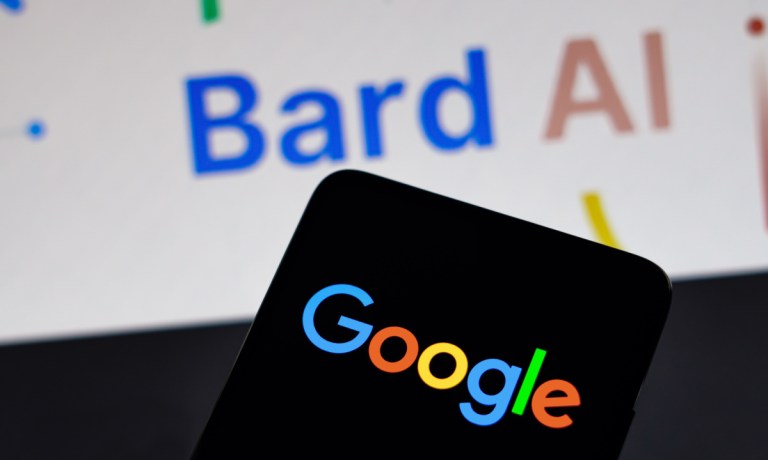“Bard now integrates with Google apps and services for more helpful responses,” Yury Pinsky, director of product management for Bard, wrote in a Google blog post Tuesday (Sept. 19). “We’ve also improved the ‘Google it’ feature to double-check Bard’s answers and expanded features to more places.”
Among the upgrades is the launch of Bard Extensions in English, which can find and display relevant information from everyday Google tools — Gmail, Google Maps and YouTube — even if that information is across multiple services or apps.
“For example, if you’re planning a trip to the Grand Canyon (a project that takes up many tabs), you can now ask Bard to grab the dates that work for everyone from Gmail, look up real-time flight and hotel information, see Google Maps directions to the airport, and even watch YouTube videos of things to do there — all within one conversation,” Pinsky wrote in the post.
In addition, English language users can now employ Bard’s “Google it” button to double-check answers more easily. After users click the “G” icon, Bard will read the response and determine if there is web content to back it up.
Bard’s accuracy early on proved costly for Google, as parent Alphabet lost $100 billion from its market cap earlier this year when Bard gave an inaccurate answer to a query during a demonstration.
Advertisement: Scroll to Continue
Google is in a battle with Microsoft for ownership of the AI space, with the latter company trying to carve out a larger piece of the internet search space that the former has kept on top of for two decades.
Meanwhile, PYMNTS earlier this week examined the rise of the AI-driven workplace, in which companies trying to tap into the technology to cut costs and increase efficiencies are facing workers worried about what that means for their jobs.
“A central question in the AI dilemma is whether the technology’s pace of development is positioning it as a co-pilot, or supportive tool, for employees, or as an out-right human replacement,” the report said. “The foundational generative AI powering today’s most advanced platforms has the potential to free up huge swaths of human work hours, but success from a return on investment (ROI) perspective depends on how those hours are repurposed, particularly in the face of slowing demand and higher wage costs across some industries.”
For all PYMNTS AI coverage, subscribe to the daily AI Newsletter.
